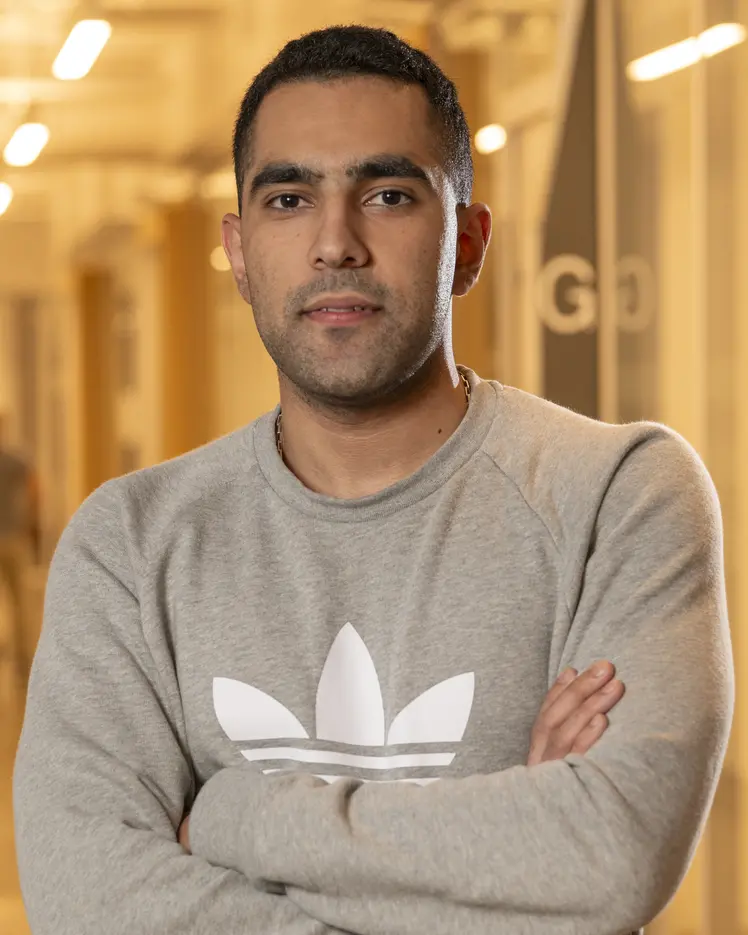
Alireza Dizaji
Master's Research - Université de Montréal
Supervisor
Research Topics
Few-Shot Learning
Generative Models
Large Language Models (LLM)
Multi-Agent Systems
Multimodal Learning
Natural Language Processing
Reasoning
Reinforcement Learning
Representation Learning


